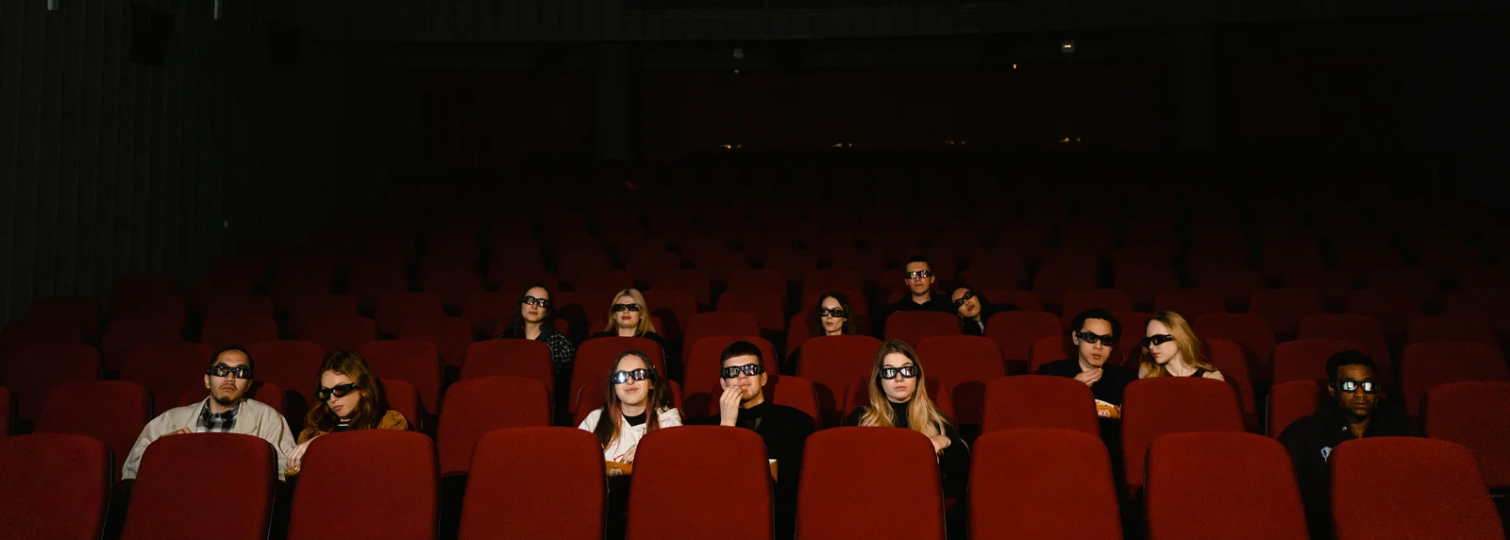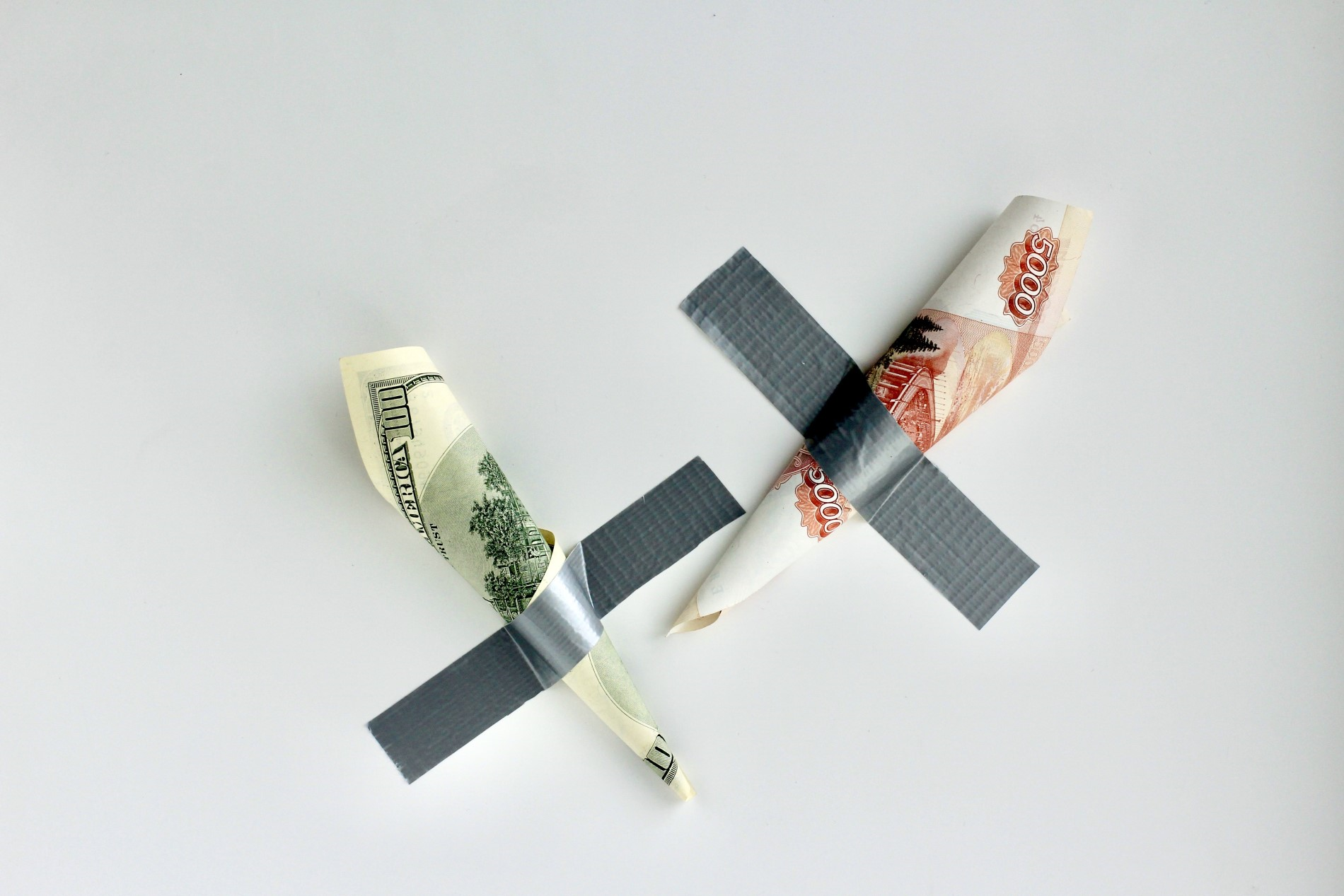With its history of high-value transactions and private dealings, the art world has long been recognized as a potential haven for those looking to launder their illegally obtained funds. Money laundering activities in the art world involve using artworks to disguise the source and ownership of illegally acquired wealth. This is achieved by buying and selling artworks, inflating their prices, or hiding their true ownership through various means, such as offshore companies or anonymous trusts. Unfortunately, the nature of the art market, with its lack of regulation and opaque transactions, makes it difficult for authorities to detect and prevent these activities. As a result, the art world remains a significant concern for law enforcement and regulators as they try to combat the global issue of money laundering.
Why Is the Art World the Target of Money Laundering?
We mentioned that the art world is seen as an attractive target by money launders, but what are the main reasons for this? The answer is simple; the steady increase in prices of such objects and the ability of people to buy these works anonymously make the art world a potential target. The prices of artworks are subjective and manipulable; once a work of art is purchased, it can disappear for years. Any work purchased at auctions goes to free ports, where artifacts can be kept for years. These works can then be sold anonymously and privately to the other buyer. The portability of artworks is an advantage. They are lightweight compared to gold and other valuable items. Unlike real estate, artwork can be bought and sold with minimal paperwork, and most importantly, these purchases can be made anonymously. Those who launder money for all these reasons and conveniences see the art world as an attractive target.
On the other hand, there ıs the crucial point is that it should be considered. It is that the art world is not highly regulated by national, local, and global regulators. Institutions that serve the financial sector are subject to very heavy regulations. Due to these money laundering regulations, crimes such as money laundering and terrorist financing are tried to be prevented. However, there are no such regulations in the art world, and criminals make good use of this deficit. Therefore, efforts to subject US art vendors to AML obligations have increased recently.
How Does Art Money Laundering Work?
Art money laundering is a process where illegally obtained funds are disguised as legitimate income through purchasing and selling artworks. It works by exploiting the unique features of the art world, such as its lack of regulation, the opacity of transactions, and the high value of art pieces.
- Purchasing artworks: The first step in art money laundering is to purchase an artwork using illegally obtained funds. This can be done through a shell company or anonymous trust to hide the true owner of the artwork. A work of art purchased from a museum is transported to any freeport or a high-security warehouse near airports. Artwork can be kept here for years without damage. As a result, the work to you disappears out of sight. At this point, free ports make the act of disappearance much easier. In addition, as long as they are kept in the warehouses in these ports, the works of art are considered in transit, and therefore tax is avoided. Artifacts here can be sold privately and anonymously, even without leaving the port.
- Inflating prices: The launderer may then inflate the price of the artwork through a series of artificial transactions to make it appear as though the artwork has increased in value. At this point, if the buyer is willing to pay high prices, the value of the work can be sold at a much higher price.
- Hiding ownership: The launderer may also hide the true owner of the artwork by transferring it to another shell company or anonymous trust. This makes it difficult for authorities to trace the ownership of the artwork and the source of its funds.
- Selling the artwork: The final step in art money laundering is to sell the artwork for its inflated price, effectively disguising the illegal funds as legitimate income.
Due to the special nature of the works and the transactions taking place, it becomes difficult for governments to monitor and control the sales. The transactions made can be sent to the destination country via many countries by invoicing low values. Transactions across multiple countries make the job even more complex.
Artworks That Can Be Used for Money Laundering
According to the UK's Value Added Tax Act, for a work to be defined as art, it must be ceramics, tapestries, enamels on copper, hand-made paintings, sculptures, decorative plaques, photographers, and sculpture castings. In addition to these, technical drawings are defined as maps or special plans, all kinds of artifacts inherent in the landscape, and art in works of hand-decorated items. Also, any collection with mineralogical, zoological, botanical, anatomical, archaeological, historical, paleontological, numismatic, or philatelic interests is considered a work of art. The provisions of AML cover the realization of money laundering activities on these works.
Regulations to Combat AML in The Art World
AML regulations for money laundering in the art world are not sufficient and heavy, so criminals exploit this vulnerability. For this reason, regulators have started to focus on this issue and have included some regulations for the art world in the new regulations. Some AML regulations affect the art world in the 4th Anti-Money Laundering Directive (4AMLD) and the 5th Anti-Money Laundering Directive (5AMLD) published by the European Commission. According to 4AMLD, organizations responsible for art regulations should comply with a risk-based approach to AML and make the necessary due diligence. 4AMLD recognizes liable assets as those who trade goods in operations and make or receive cash payments of €10,000 or more. 5AMLD has broadened the definition of liable organizations by explicitly targeting the art sector. Within the scope of 5AMLD, the revised definition of "obliged institutions" includes the following:
- Person trading or acting as intermediaries in the trade of works of art, including when this is carried out by art galleries and auction houses, where the value of the transaction or a series of linked transactions amounts to €10,000 or more;
- Persons storing, trading, or acting as intermediaries in the trade of works of art when this is carried out by free ports, where the value of the transaction or a series of linked transactions amounts to €10,000 or more.
Responsible Art Market
Moreover, the Responsible Art Market (RAM) also has a guide to prevent money laundering and terrorist financing crimes from increasing so much in the art world. RAM invites you to abide by the sone rules it sets forth for your companies. For example:
- Art vendors know the dangers and laws that apply to their clients.
- An art dealer complies with Know Your Customer procedures for risk assessments.
- Creating risk profiles required for customers to monitor process background and purpose
- Training staff and monitoring these processes
- Knowing how to act when doubt arises
- Keeping the necessary records,
- Researching artwork to find out information such as ownership and origin
With RAM's solutions, it aims to reduce money laundering activities in the art world. RAM states that the fake documents and procedures that have been inspected are due to the fact that the institution where the transaction took place did not take such measures.
Fight AML Crimes in the Art World
Although the art world's existing regulations are seen as insufficient, compliance with these regulations reduces money laundering activities. With the Know Your Customer (KYC) and Customer Due Diligence (CDD) procedures proposed by these regulations to obliged institutions, obliged institutions can recognize their customers and realize the risks before the purchase or sale process takes place, and measures can be taken according to these risks. Artworks should be able to make an internal risk assessment, and this risk assessment plays an important role in reducing existing crimes.
According to AML regulations, sanction lists, PEP lists, and Adverse Media data are components that show and affect the customer's risk level. Sanction Scanner's AML Name Screening Software enables companies to check their customers on real-time and global comprehensive AML data. The Sanction Scanner database consists of data from more than two hundred countries. This data includes enforcement, PEP, and Adverse Media data. With our AML Name Screening Software, companies can control their customers within seconds with API, batch scanning, and web options. At the same time, institutions can perform CDD and KYC processes in accordance with the aml obligations with our institutions' name screening tool.




